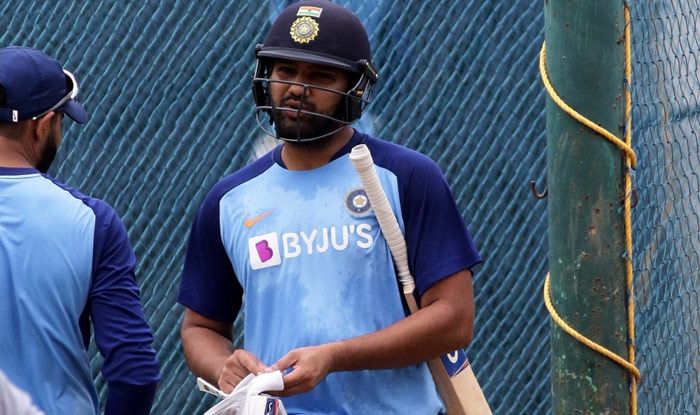Team India is facing a lot of scrutiny after the humiliating 8-wicket defeat to Australia on Saturday in the opening Test match at Adelaide Oval. It was the batting department where the visitors lacked the most as they were restricted to just 36 runs in the second innings, which was also India’s lowest-ever score in Test cricket.
A lot of questions were raised on opener Prithvi Shaw’s inclusion in the opening Tests as his technical faults were exposed by the Australian pacers. Shaw was dismissed on duck in the first innings and four in the second. Mayank Agarwal, who opened the innings alongside Shaw, also failed to score big and scored on 17 and 9.
Former Australia captain Ricky Ponting batted for the inclusion of experienced opener Rohit Sharma as early as possible into the Indian squad for the ongoing Test series against Australia. Rohit is currently undergoing a 14-day quarantine period in Australia and will be available for the selection in the last two Tests.
Ponting claims Rohit is a far better player than either of India’s current opening batsmen, Prithvi Shaw and Mayank Agarwal.
“He (Rohit) will definitely play. He is a better Test player than Mayank Agarwal and Prithvi Shaw. If he is fit then he will straightaway slot at the top of the order,” said Ponting while speaking on Channel 7.
Former India opener and captain Sunil Gavaskar, when asked about Rohit, told Channel 7, “Yes, yes, yes, he is definitely going to play in this Test series. He is already in Australia as far as I know and he might not be playing the second Test but he will be there for the third and the fourth.”
Gavaskar had been critical of the technique of the India openers saying that they were approaching the new ball with hard hands.
“You can see he (Shaw) was pushing at the deliveries (in warm-ups), playing with hard hands and that has been his major problem,” said Gavaskar.
“Even in this Test, there was such a big gap between bat and pad. It was just the second delivery of the game (first innings dismissal). You want to make sure that you are playing with soft hands and as late as possible.
“The whole idea in Test match cricket is not to go there (take the bat far from the body) because then you are leaving a gap between bat and pad, allowing for late movement to get an inside edge or sneak between bat and pad. The trick is to play as close to the pad as possible… you can play shots later but at the start you can’t leave the gap,” Gavaskar added.
